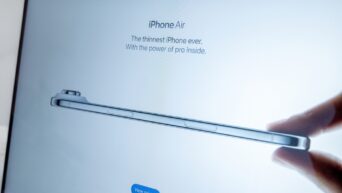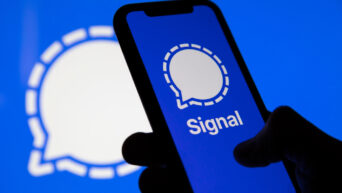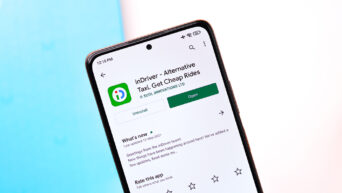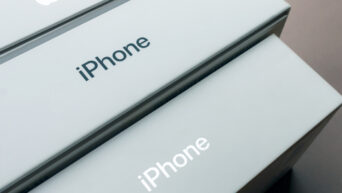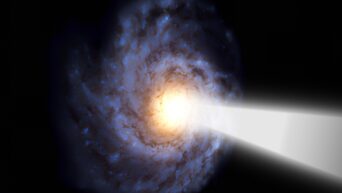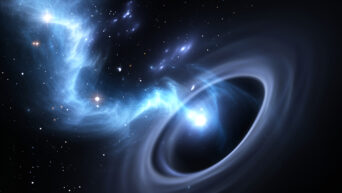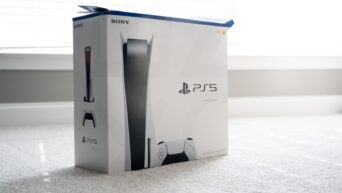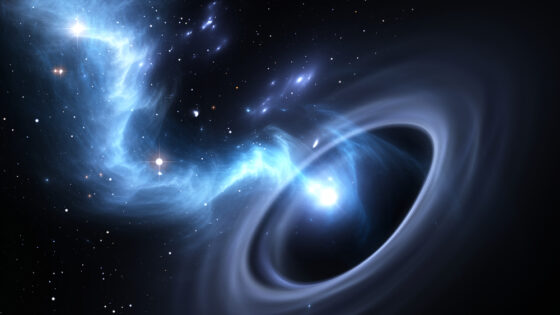SpaceX’s pieces are slowly but surely falling into place.
On June 25, 2:30 AM (EDT), SpaceX launched what it claimed was “one of the hardest missions” ever involving its Falcon Heavy mega rocket and 24 satellites. The launch was conducted for the Air Force’s Space Test Program-2 mission.
This is the third launch in total for the Falcon Heavy and its first night-time flight ever. It blasted off from Launch Pad 39A at the Kennedy Space Center (KSC) in Cape Canaveral, dropping off two of its three first-stage boosters at the Cape Canaveral Space Station next door. The remaining core booster was supposed to land at Of Course I Still Love You, Space X’s drone ship that was located in the middle of the Atlantic Ocean. Instead, it landed a few miles off-target, which representatives for SpaceX say is “no big surprise,” given that the mission was one of the most difficult out of all the launches conducted in the past few years.
One of the reasons for this is the higher-than-normal speeds required by the mission, as well as the fact that the drone ship Of Course I Love You was also stationed much further out in the ocean than usual.
This is also the first mission that utilized reused boosters for the launch. The two first-stage boosters had already been used back in April for the first commercial Falcon Heavy launch that carried the satellite Arabsat-6A. Payloads for this launch included some from universities, the National Oceanic and Atmospheric Administration (NOAA), nonprofit organization The Planetary Society, and NASA itself.
SpaceX says that the next mission will on July 21, wherein a Falcon 9 will carry a cargo shipment to the International Space Station (ISS).



